Review of popular varieties and secrets of growing dwarf fir
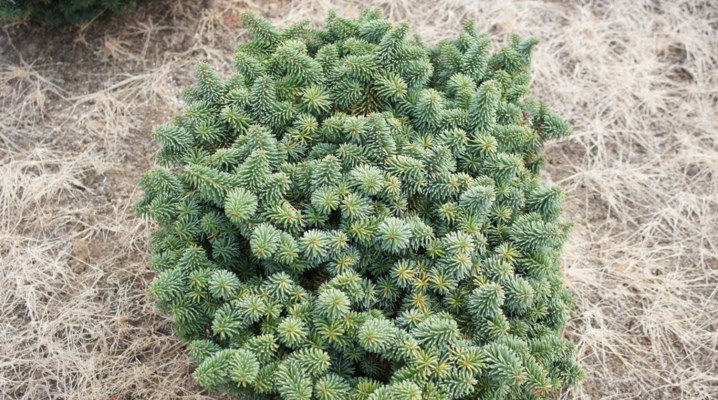
Evergreens are a great option for decorating any area. However, not everyone can afford to grow too tall trees in their dachas. Therefore, it is quite possible to replace them with dwarf firs, which everyone can plant in any corner of their yard they like.
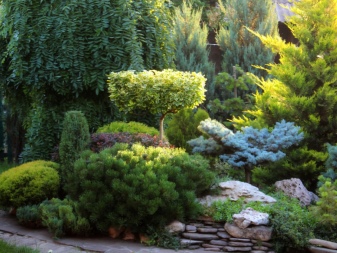

Description
The Korean mountain fir has a rather powerful root system, which is located deep in the ground, a beautiful crown and green foliage-needles. In addition, on its branches you can see cone fruits, which, during flowering, become like lighted candles. There are more than 50 varieties of such firs, among which there are huge trees up to 15 meters in height, and undersized bushes that grow only up to 35 centimeters.
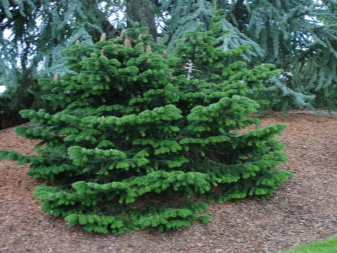
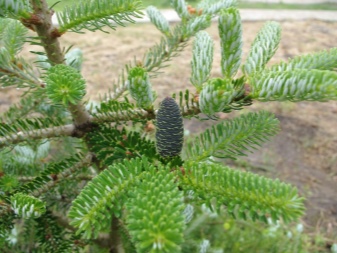
Varieties
Each plant belonging to a particular variety has its own characteristics, which it is best to get acquainted with separately.
"Silberlock"
This is not a very tall tree, the height of which after 10-12 years reaches only 1.5 meters. The crown shape of this ornamental plant is conical, in some cases it has several tops. Coniferous leaves look quite intricate, as they are slightly curved and have a silvery color. Even in the summertime, the plant seems to be covered with frost from afar.
In addition, this fir is distinguished by its unusual purple cones, which are conical in shape and up to 7 centimeters long.

It is for this reason that the plant got its name, which translates as "silvery curl". Due to its uniqueness, "Silberlock" is actively used in landscape design. If you look a little into the historical past of this tree, then it first appeared in Germany at the end of the 20th century. Today it is quite widespread throughout the world and is very popular. After all, "Silberlock" does not require frequent haircuts and special care.
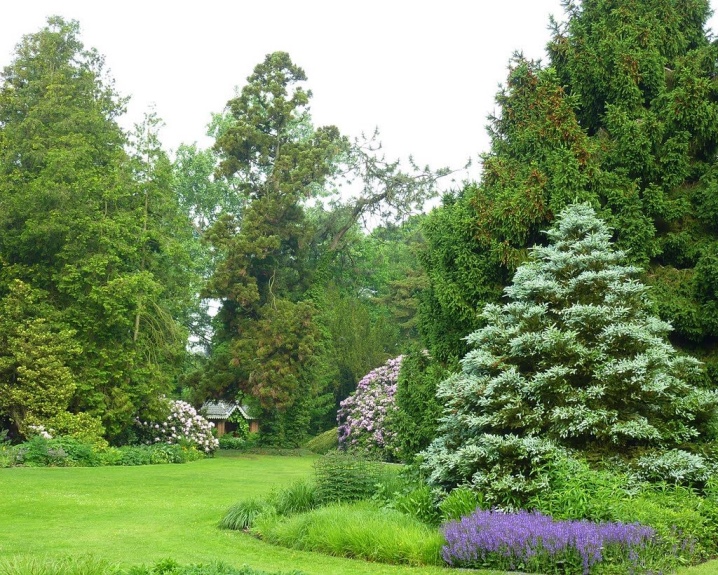
It is best to grow such dwarf firs on acidic soils. Planting is also possible on clay or loamy soils. The tree itself is very fond of light, but it is necessary to plant it in slightly darkened places in order to protect the green miracle from sunburn on especially hot days. At the same time, the plant is adapted to high frosts, therefore, it practically does not need a special shelter for the winter period. However, for this time it will be better if it is protected by special frames. Having installed them, you will not have to worry about the fact that the branches of the fir will break under the weight of the snow.
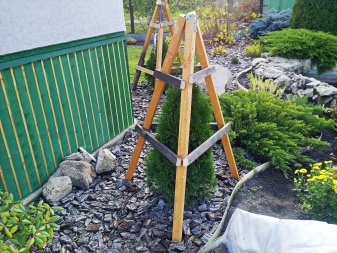
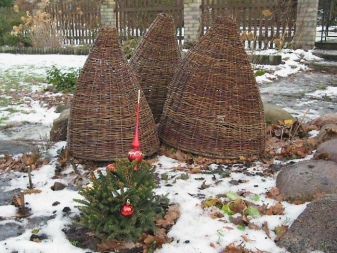
"Molly"
Unlike the variety described above, this Korean fir can grow up to 6 meters in height. Moreover, its crown in size usually reaches about 3 meters. The tree grows very slowly, increasing by only 5-6 centimeters per year. The needles are quite thick and wide, have a bright green color with a slightly bluish tint. The cones are large, up to 6 centimeters in length, the color is also blue.
Mowing such a tree is practically not required, since by nature it has the correct shape, the creation of which occurs naturally.
It is best to plant Molly fir in a bright place. In the darkened corners, it begins to stretch and loses its attractive appearance.

For the winter period, fir does not require additional shelter, since it is practically not afraid of frost. The soil for planting should be well-drained, in addition, such a tree should be watered regularly. Many gardeners use Molly for individual plantings as well as for group plantings.
"Diamond"
This plant is a very valuable specimen. As an adult plant, its height reaches only 45 centimeters, while the crown is 65 centimeters in circumference. By itself, such a slow-growing bush, in a year can add only 3 centimeters. But his life span is long.
On average, such a plant can live for about 170 years.
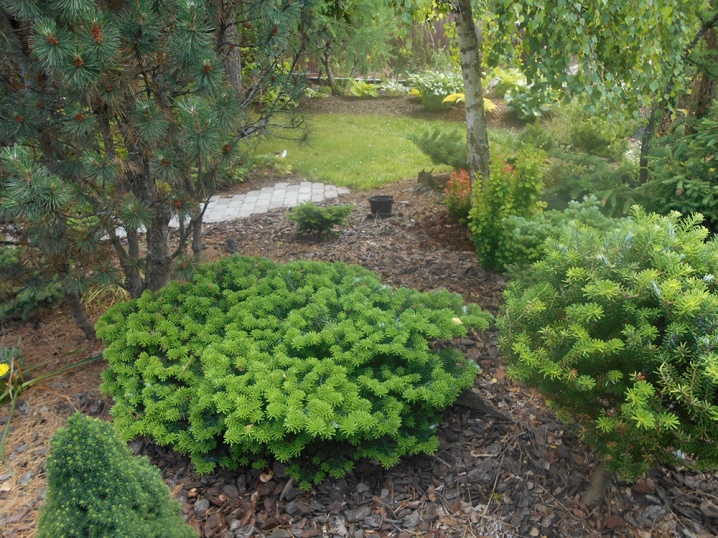
Slightly curved needles are distinguished by their softness and density. The color is bright green: the top of the coniferous leaves are glossy, and the bottom is blue or silver. In addition, a very pleasant aroma emanates from them. Such short bushes are perfect for composing various landscape compositions. They can be planted both in your personal plots and in heather gardens. Quite often they can be seen even on terraces in large containers.
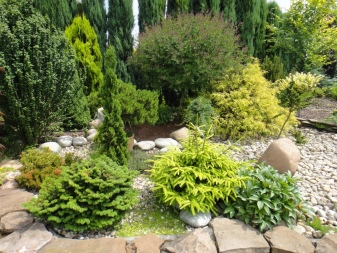
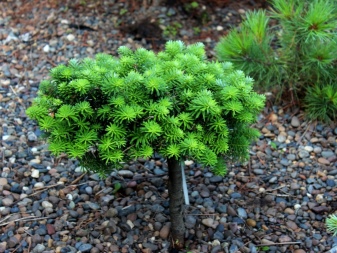
Fir of this variety must be planted with great care. The place must be darkened and free of drafts. It is best to use well-drained and slightly acidic soil for planting. Despite its small growth, the “Brilliant” fir is frost-resistant, but if the frosts are above 30 degrees, then it may die.
"Arizonica compacta"
The tree of this variety is distinguished by a rather slow growth, in one year it adds only a few centimeters. The height of an adult fir reaches 4.5 meters. The crown has a conical shape, its diameter is up to 2-3 meters. The coniferous needles are silver colored, and they are also very thick and short, only 2 centimeters long.

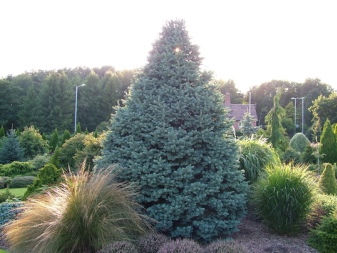
It is best to grow such a plant on slightly acidic and well-moisturized soils. The place should be sunny, but at the same time a little darkened. This fir also has resistance to frost, therefore, for the period of cold weather, it does not need special shelter. Most often, "Arizonica compact" is used in single landings, so it looks much more attractive.

"Oberon"
Korean fir "Oberon" is a small bush, the height of which does not exceed 45 centimeters, in some cases it reaches only 30 centimeters. The crown of such a plant is domed. Coniferous leaves have a rich green color.
It must be planted in sufficiently fertile and well-drained soil. In addition, moisture should be moderate. The place can be sunny or a little darkened. Very often the fir "Oberon" is used for decoration of landscape designs. It can be found not only in home gardens, but also in some compositions in parks or gardens.
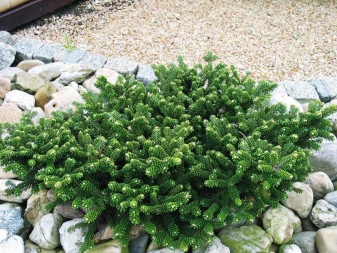
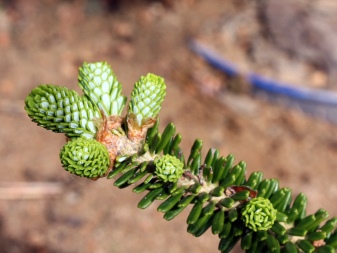
Planting and leaving
It is possible to plant seedlings in open ground only when they are more than 4 years old. The best time for this is late August, early September, but you can plant the plant in spring as well. The day must be overcast. The place must be chosen so that it is sunny and free of drafts.

First of all, you need to take care of the soil. The landing site must be dug up onto one bayonet, before that special fertilizers must be applied. After that, you need to dig a small hole and lay a drainage layer in it. For this you can use fine gravel or crushed bricks. After that, it must be covered with earth, the layer of which must be at least 6 centimeters. Further, the seedling can be planted, while the roots must be well spread. If more than one plant is planted, then the distance between them should not exceed 4-5 meters. In the event that trees are planted to form a hedge from them, the distance must be reduced to 2 meters.

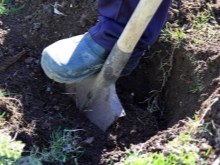
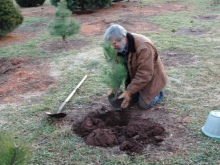
Do not forget about mulching. To do this, you can use spruce branches that have been lying for a year or hay.
Pruning is also extremely important for these plants. It is best done in early spring, even before the sap begins to move. At this time, it is necessary to remove all broken or dry branches, as well as to start forming the crown itself. You can use regular garden shears. The stems must be shortened by 1/3.
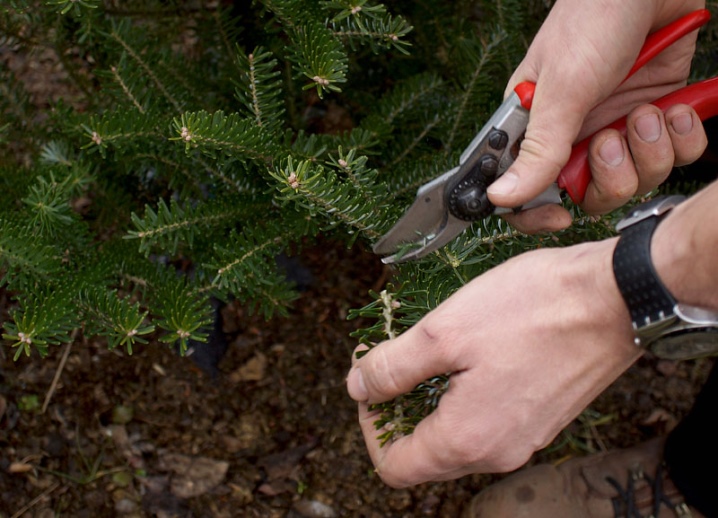
Adult plants do not need to be covered for the winter, since almost all varieties are frost-resistant. But it is better to cover young seedlings using spruce branches, a layer of mulch or peat. The thickness of the covering material should not exceed 10 centimeters.
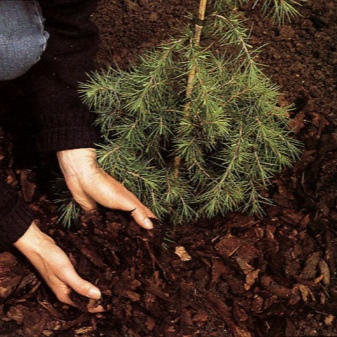
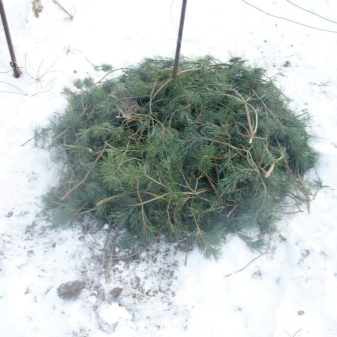
To summarize, we can say that fir is an excellent plant that can be used for planting both in personal plots and for decorating parks or gardens. The main thing in this case is not to forget about the minimum care for them.
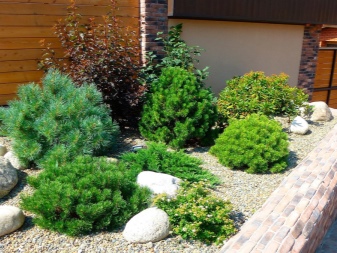
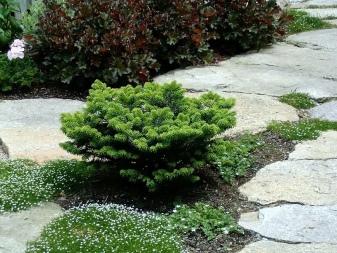
Dwarf varieties of conifers and the peculiarities of their cultivation.































































The comment was sent successfully.